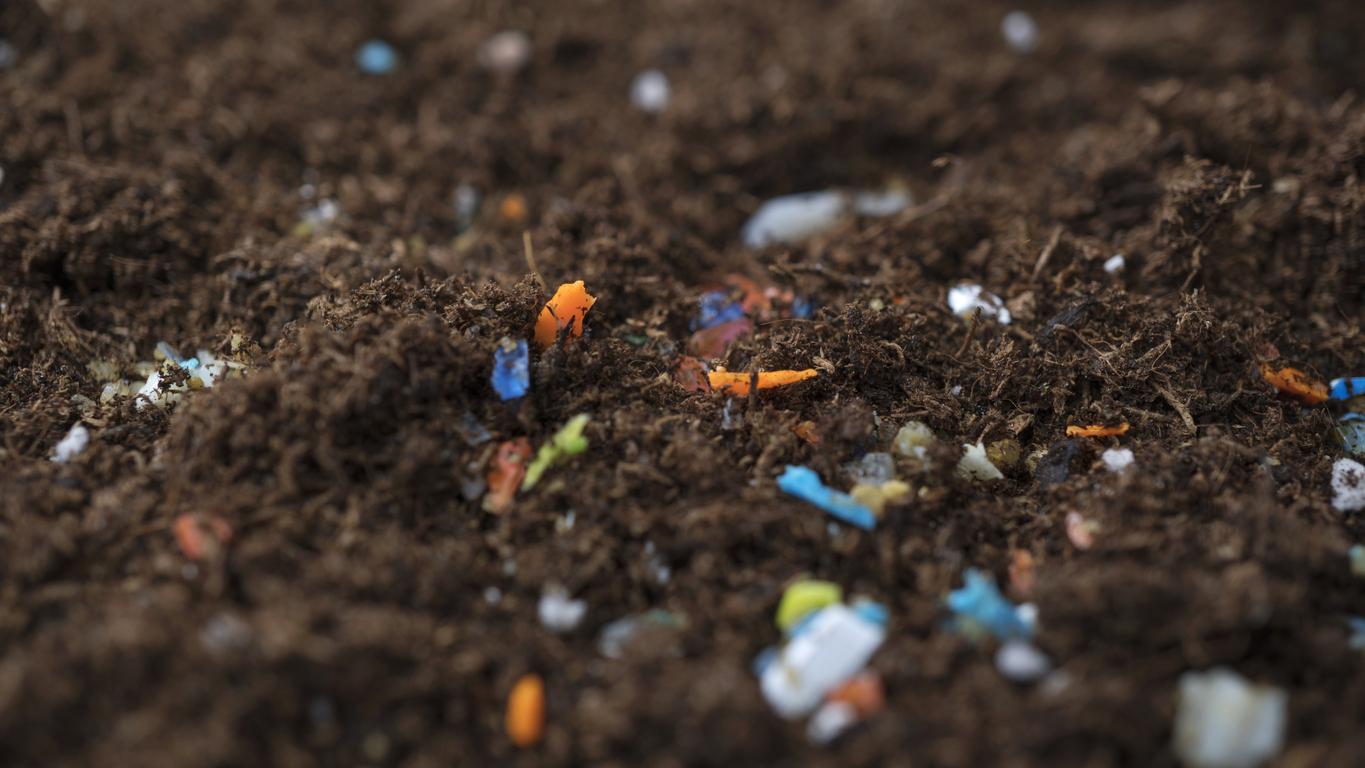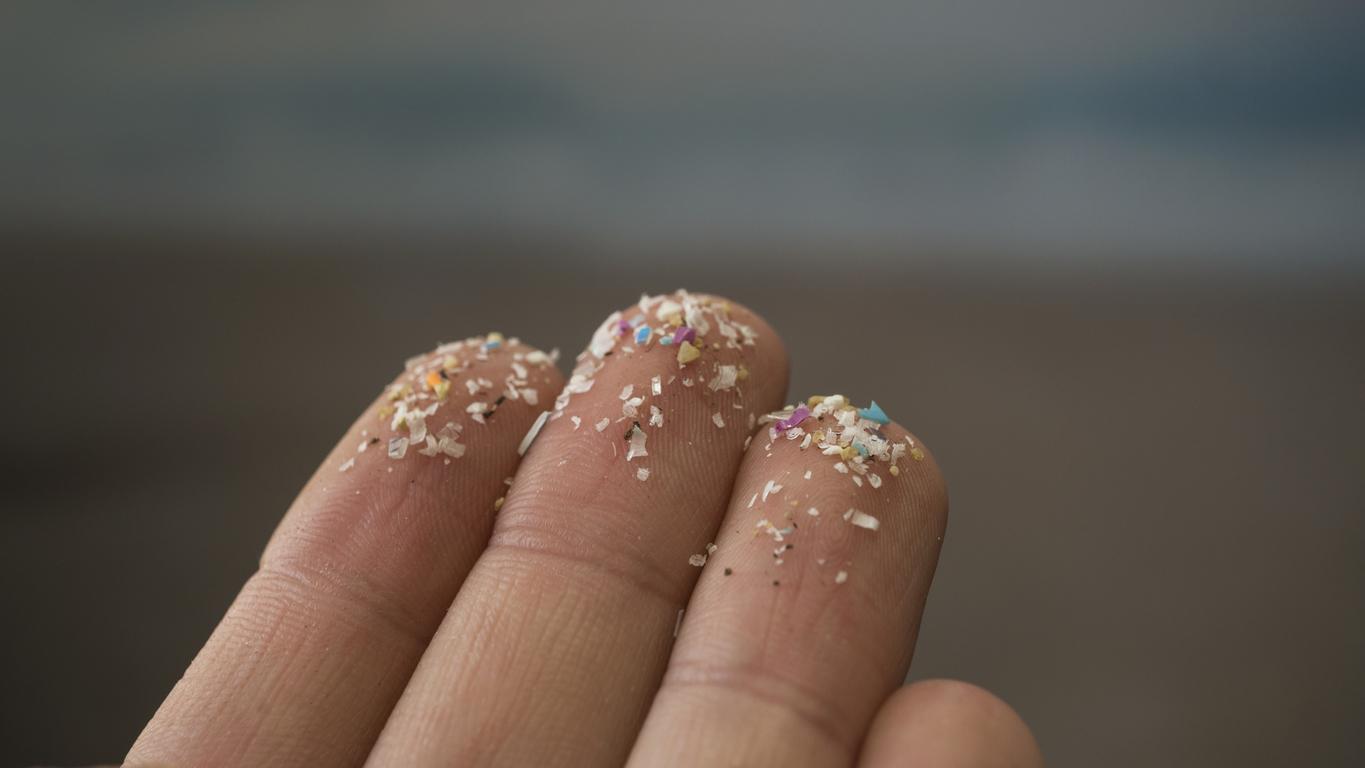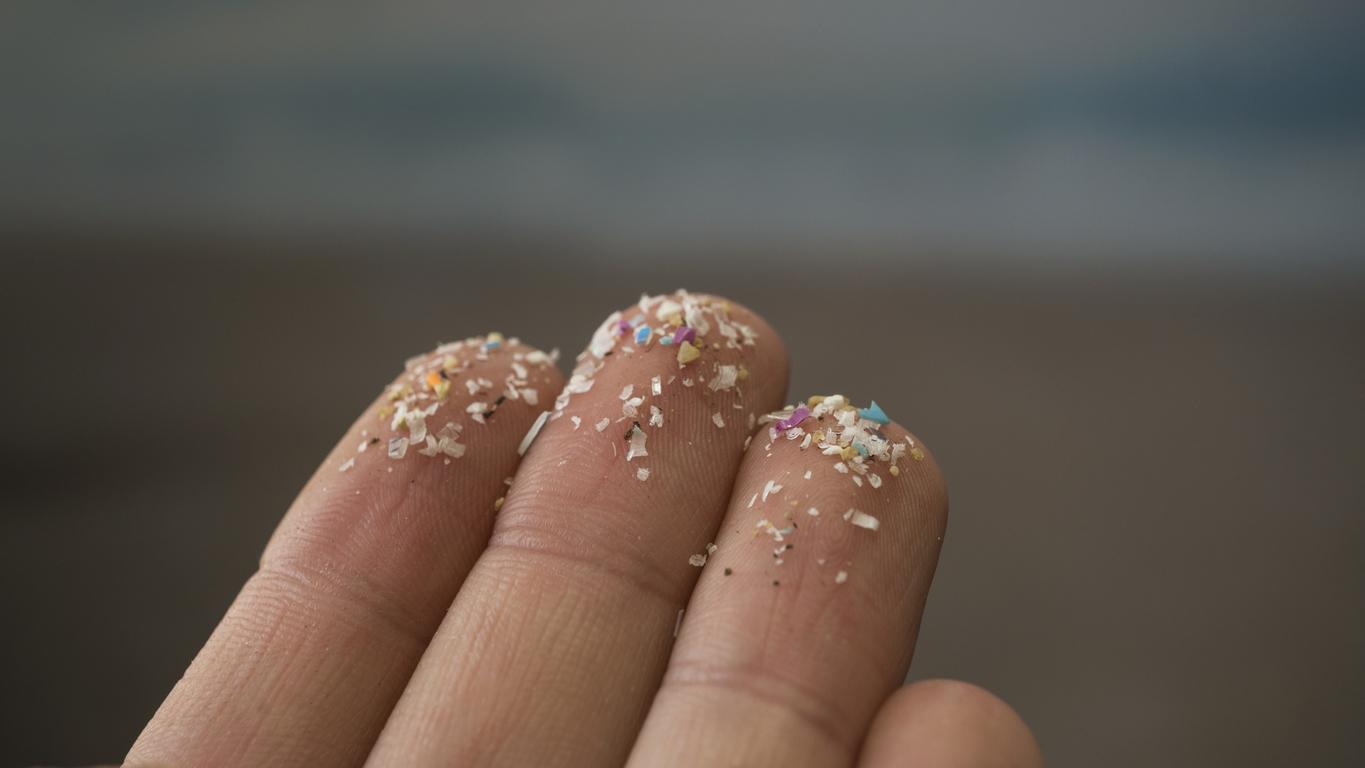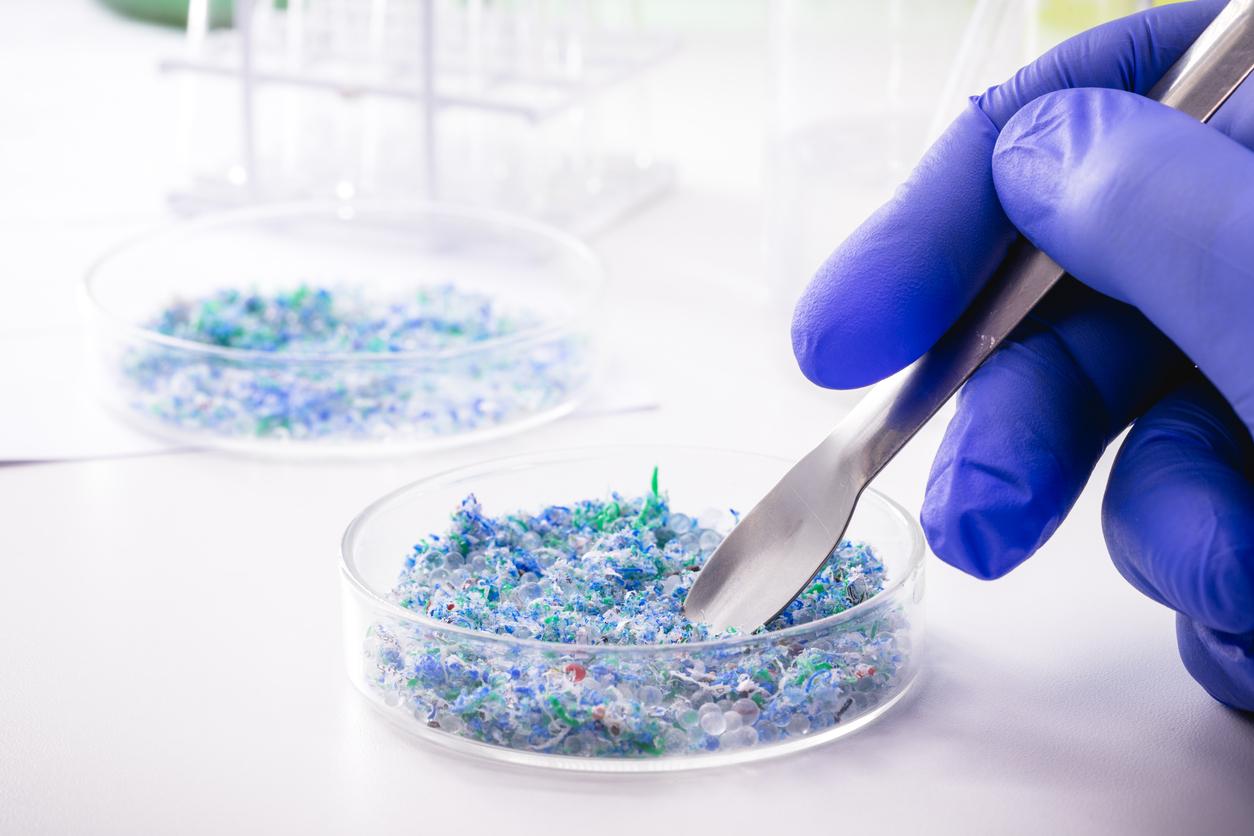
A new study by the UMC Utrecht and the University of Groningen (RuG) shows that microplastics may be more harmful than previously thought. But what exactly is it and how harmful is microplastic?
What is microplastic?
Microplastics are plastic particles between 100 nanometers (a nanometer is one billionth of a meter) and five millimeters. They are hardly broken down by nature and therefore always exist. Microplastics are created, for example, when plastic breaks or shreds. But also when washing polyester or nylon clothing.
Risks difficult to estimate
At the moment it is difficult to estimate what the risks are for humans and the ecosystem. It is clear that it enters our food chain, for example via fish, tea bags and plastic bottles. Animal studies have shown that one to two percent of microplastics are absorbed into the bloodstream when ingested. The rest leaves the body through the faeces.
Immune cells and respiratory tract
Researchers at UMC Utrecht discovered that immune cells in a culture glass attack certain microplastics and subsequently die. That could also happen in our body. The researchers therefore call for more research.
Researchers from the RuG investigated the effect of microplastics on the lungs. Nylon fibers in particular (from clothing, for example) seem to have a negative effect on the growth of the mini-lungs – lungs grown from lung cells – used in the study.
More research needed
Although the researchers from the RuG and the UMC Utrecht are not yet able to draw firm conclusions, it is clear to the researchers that more research needs to be done into the harmfulness of microplastics to health. Too little is known about this. RIVM states that the government can only take targeted measures when the consequences of microplastics are clear.
Sources): NOS, de Volkskrant, RIVM















